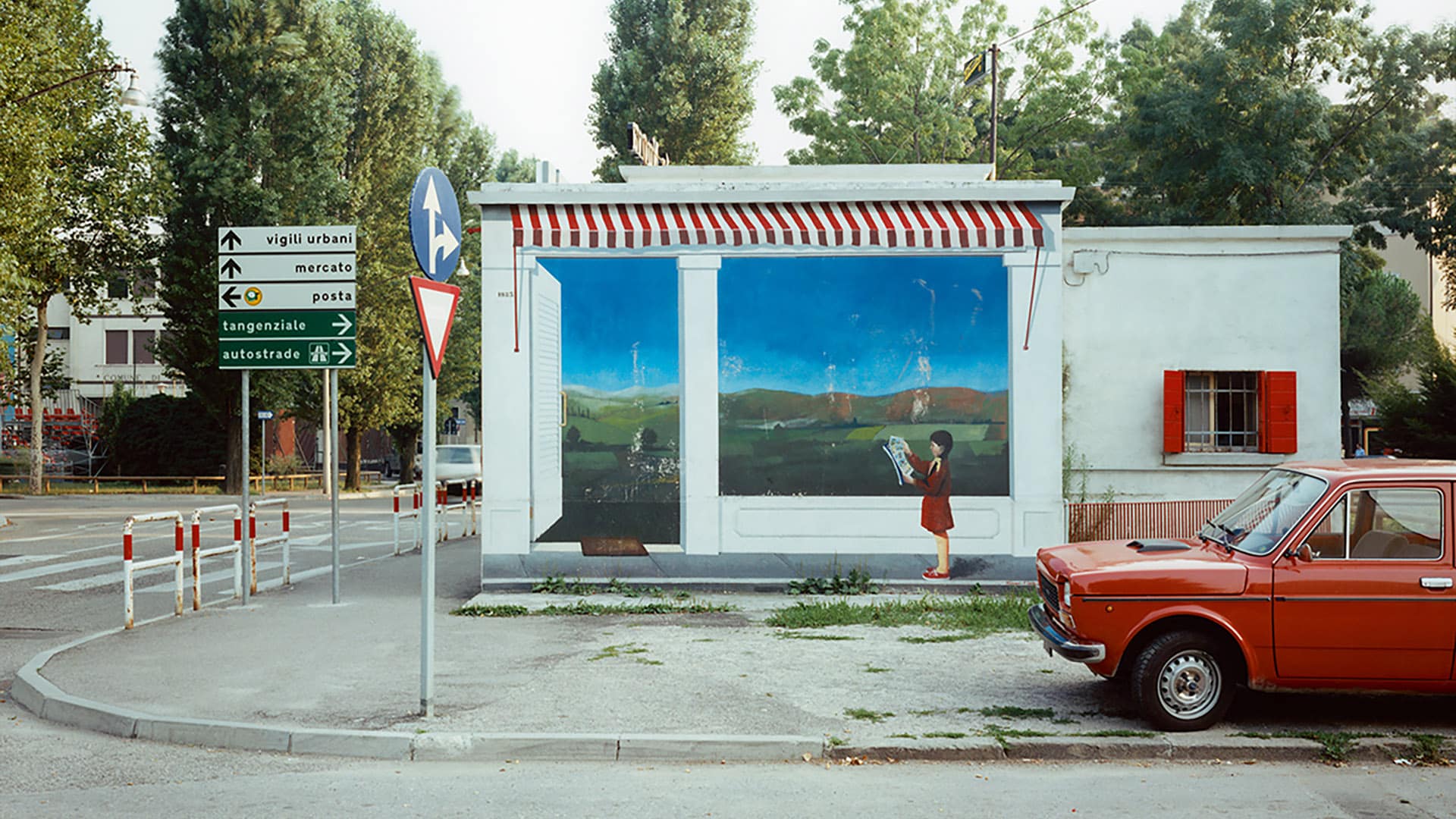Considered to be one of the major figures in Italian photography, Guido Guidi has spent years exploring northern Italian landscapes. In his latest book, In Veneto, 1984–89, published this fall by Mack, he brings out a series devoted to the eponymous region. We visit the artist whose Italy doesn’t fit into postcards.

You’re getting blind.
Don’t miss the best of visual arts. Subscribe for $9 per month or $108 $90 per year.
Already suscribed ?



